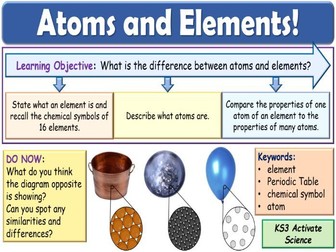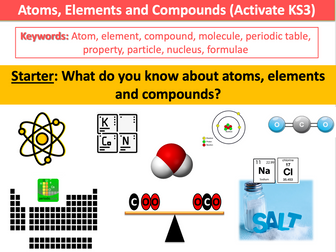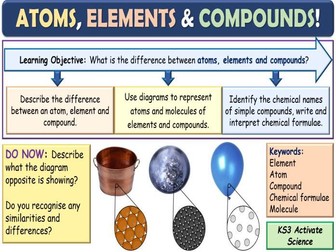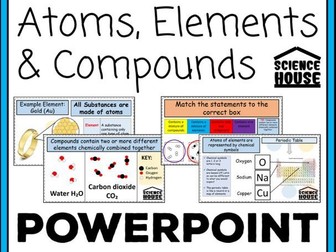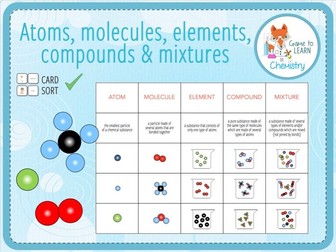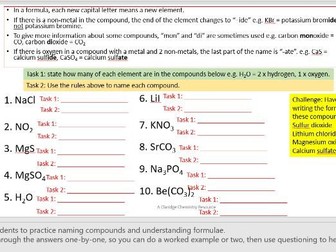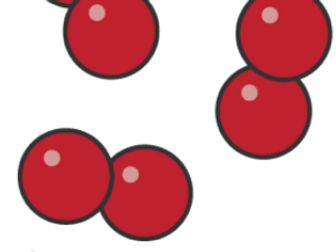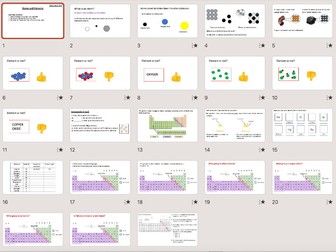
Atoms and Elements KS3 Activate Science
Perfect lesson resource for KS3 Chemistry! A fully differentiated and resourced lesson that assists students in learning about the difference between atoms and elements. Students will state what an element is and recall chemical symbols, describe what atoms are, and compare the properties of one atom of an element to the properties of many atoms.
The resource includes a detailed and engaging lesson PowerPoint with differentiated activities, worksheets, and quizzes for students to complete. This resource is part of the Elements, atoms, and compounds topic and has been created for the delivery of the Activate KS3 Science course. Also great for GCSE Science.
Included:
22 slides in total for the lesson PPT
Worksheets
